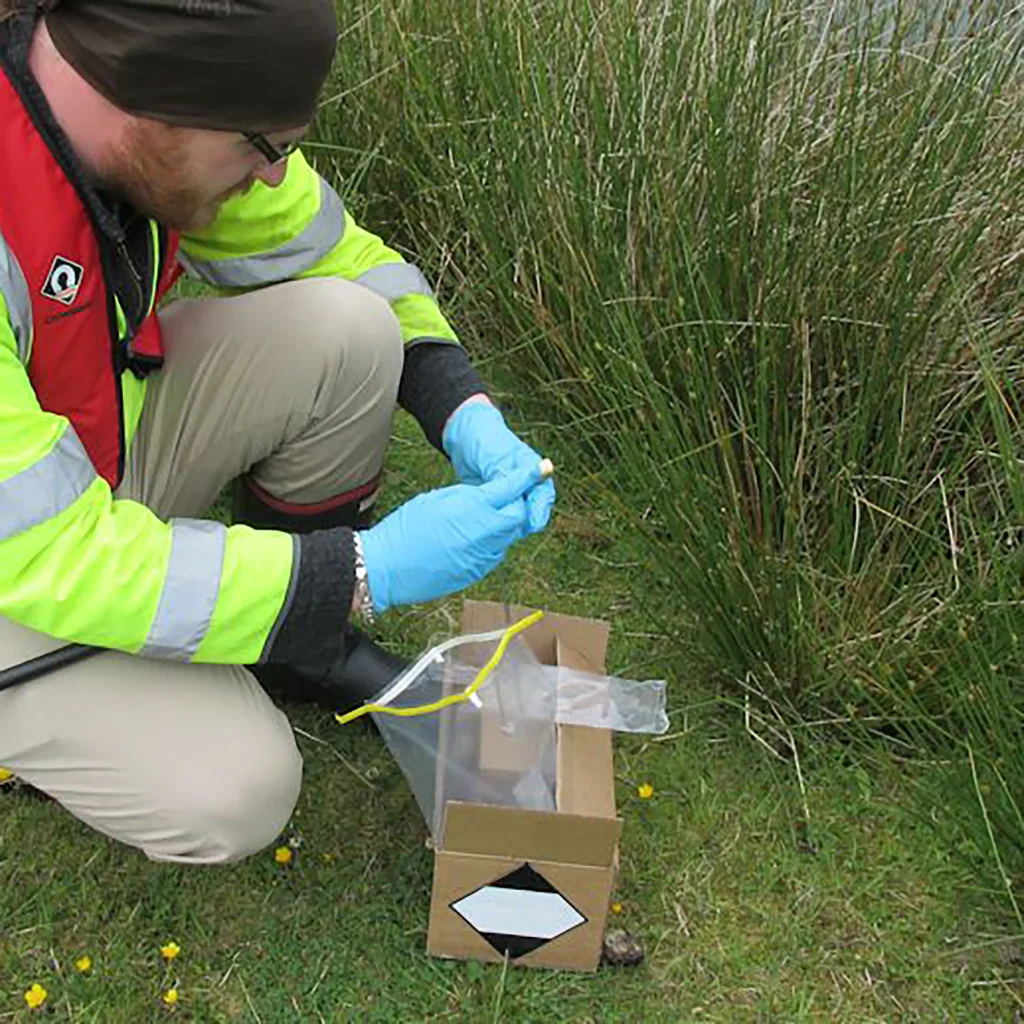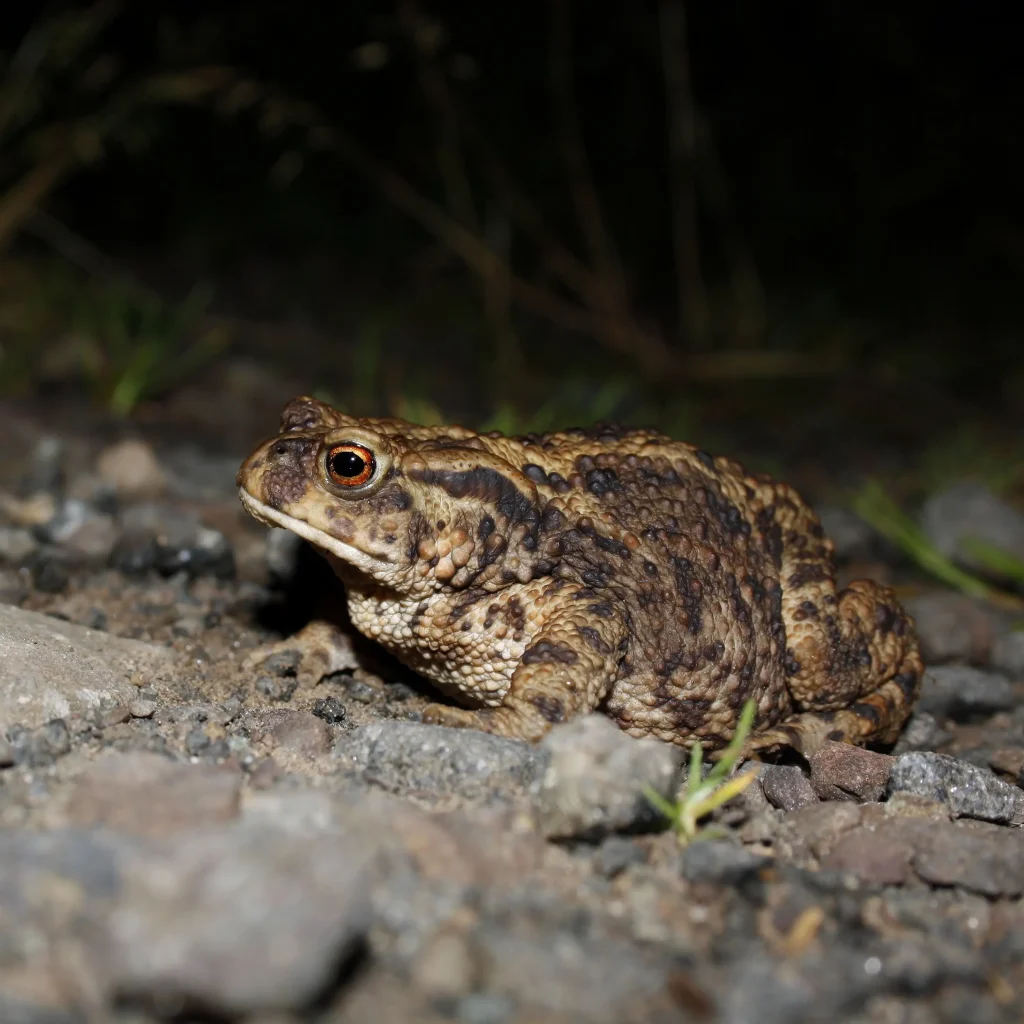Great Crested Newt Surveys
One of our specialisms here at EP Ecology is great crested newt surveys. We’ve been doing these, and other amphibian surveys for over a decade and have published a number of peer-reviewed research papers on just that.
Whether it’s a Habitat Suitability Index calculation, traditional presence/absence surveys, eDNA, or population size estimates – we’d be happy to help!

Why do I need a great crested newt survey?
Great crested newts are offered the highest level of protection in the UK as European Protected Species. This affords them and their resting and breeding places protection from intentional or reckless disturbance, killing, injury, or damage.
Unlike in England, where a move to “District Level Licensing” has been adopted, the Scottish great crested newt licensing system remains the traditional system of identifying risk, surveying for presence, mitigating development, and applying for development licenses. As such, Local Planning Authorities, where the risk of great crested newt has been identified, are likely to request that some survey effort is undertaken.
What great crested newt survey services does EP Ecology offer?

Habitat Suitability Index Calculation
The great crested newt habitat suitability index (HSI) is a ten-factor rating system of a pond’s likelihood to support great crested newts.
The index looks at factors including whether the pond is within the range of great crested newts, whether the pond is occupied by predators, whether the surrounding habitat is suitable for newts, and whether there is good water quality and egg-laying vegetation.
Where we encounter them, we always subject ponds to a HSI calculation during a preliminary ecological appraisal, but we can provide this service independently.
The results of the HSI calculation will determine whether further surveys are required.
Presence / Likely Absence Surveys
EP Ecology’s director has been licensed for traditional great crested newt surveys for almost a decade. These surveys involve sampling ponds with a net, a torch, and with non-lethal traps to identify whether any newts are present within the pond.
A total of four repeat visits to each pond is required between the period March to May. If great crested newts are found, then a further two visits between May and June are required to identify the population size estimate of newts which facilitates appropriate mitigation design and licensing of the proposed development works.


eDNA Surveys for great crested newts
eDNA stands for “environmental DNA” – this involves the collection of pond water which is sent to a specialist lab who perform analyses to identify whether great crested newt DNA is present in the water.
This fairly novel technique can identify whether newts have been present in a water body, but gives no indication of the size of the population, or how recently the newts were present so it has serious limitations when considered next to traditional surveys. We usually only recommend this method be used towards the end of the season (late-May to July) as an indicator for the requirement of more surveys the following survey season.
Widespread Amphibian Surveys
Amphibian life doesn’t just start and end with great crested newts. We are also proficient in the survey of widespread amphibian species including the UKBAP priority species, common toad.
We can provide bespoke amphibian survey services and advice to you for your project anywhere in Scotland.
